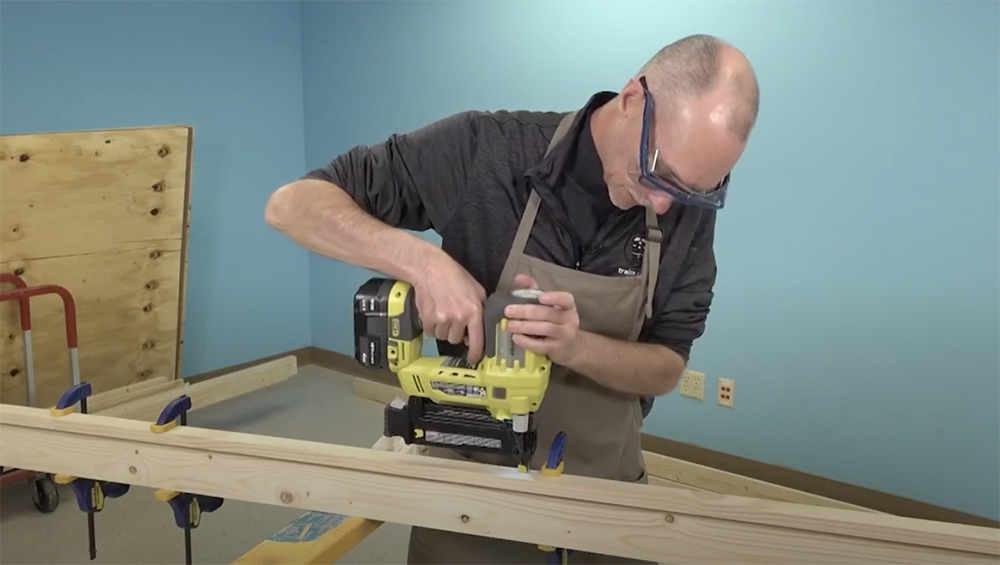
From tabletop, to shelf, to open grid, there are a lot of different methods you can use to build model railroad benchwork. For our HO scale East Troy Industrial Park project layout, we used a combination of two methods, cookie cutter and L-girder, to make solid, stable benchwork. While not exactly framing for a layout, […]
Read More…
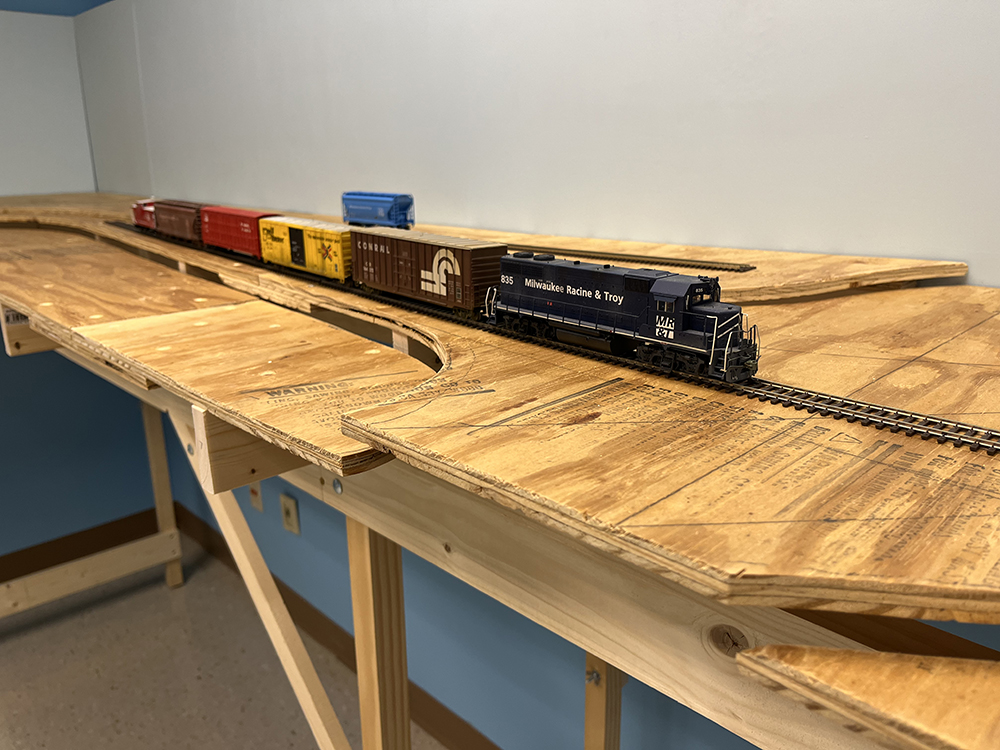
Once you’ve decided you’re going to build a model railroad, it won’t take you long to realize there are a few tools you’ll need to get the job done. Some of the more common hand tools may already be knocking around your workshop. However, unless you do a lot of woodworking projects, you likely don’t […]
Read More…
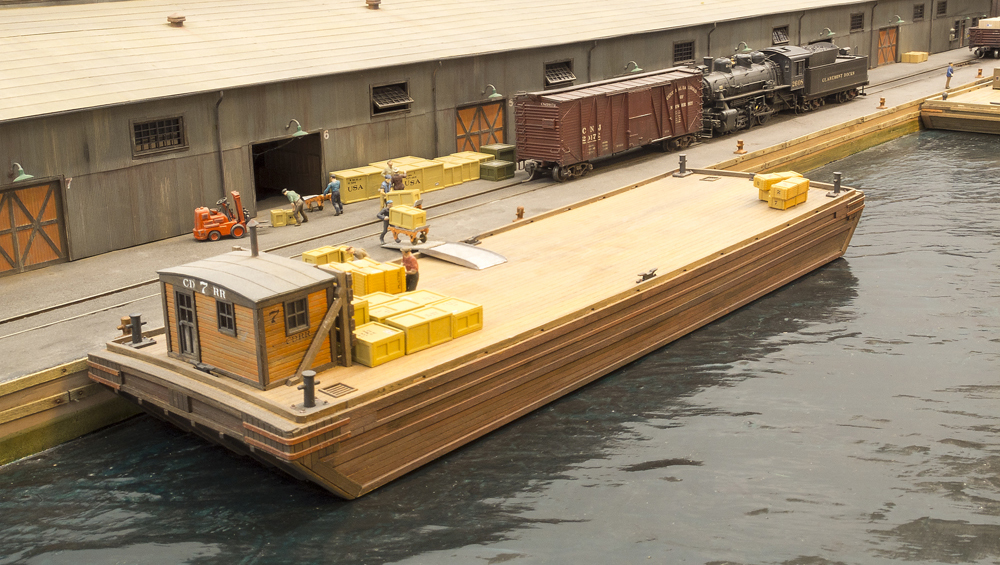
If you’re a fan of both boats and trains, building a model railroad involving both can be a rewarding experience. A rail-marine layout allows you to practice and utilize a variety of techniques and skills, including making water and building unconventional vehicles like car floats and cranes. They also don’t have to take up a […]
Read More…
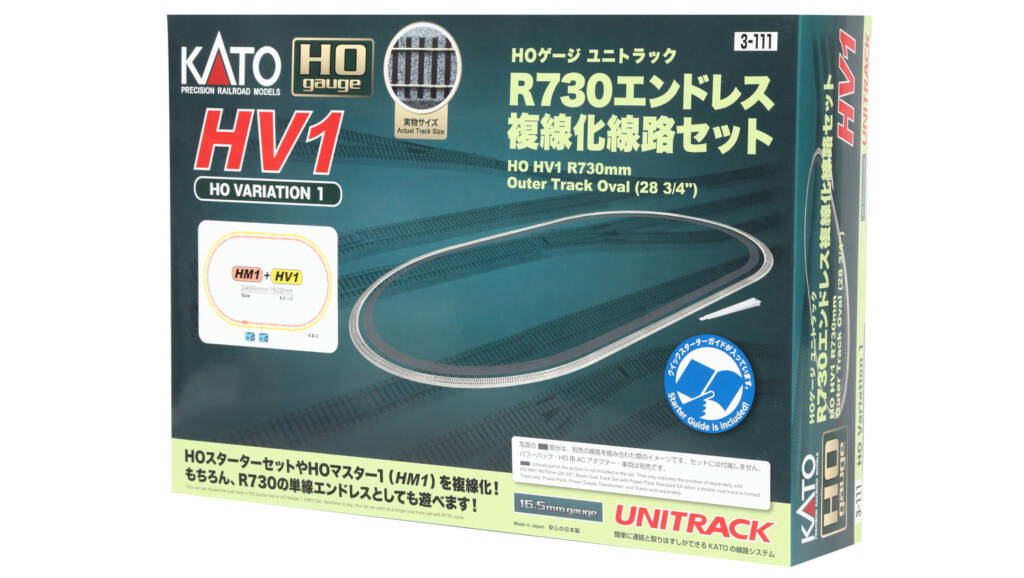
Did you just get a new train set for Christmas? Are you growing bored watching it go around and around the same oval? Don’t worry, your introduction into the world of model railroading is just beginning. Luckily for you, most train set manufacturers offer track expansion sets to help expand your starter train set. […]
Read More…
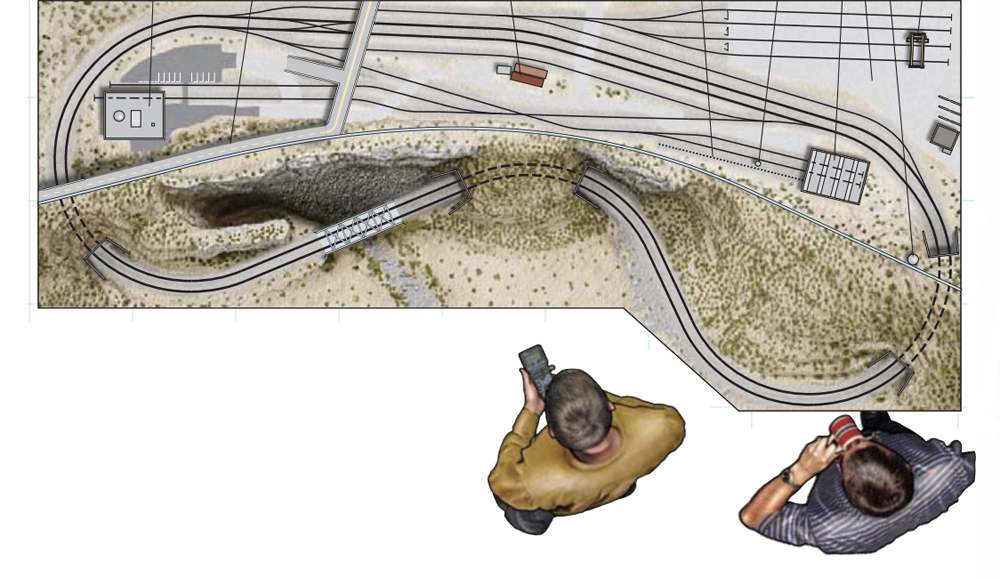
When it come to track plans, everyone has a favorite. After all, each modeler values and prioritizes different aspects of model railroading. Some prefer intricate freight switching layouts, while others prefer long, continuous passenger routes. Some like layouts with dense foliage and rolling hills, whereas other modelers may prefer flat, desert landscapes. We here at […]
Read More…

Industrial park railroading has long been an area of interest to model railroaders. This type of railroading serves a concentrated group businesses, and it may or may not be affiliated with a class one railroad. Often the industrial park has its own railroad, or its tracks are served by a local company or nearby short […]
Read More…
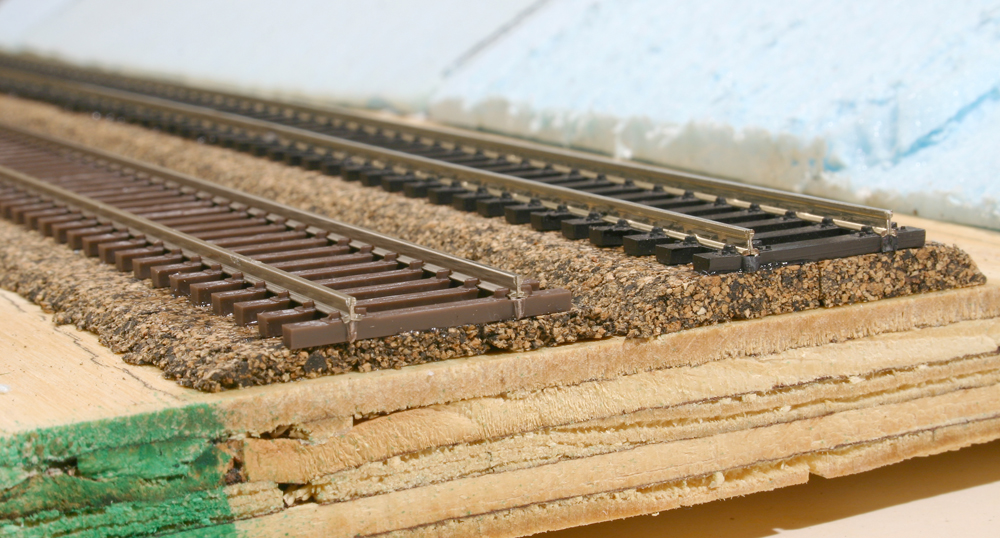
Whether you’re just beginning in the hobby or you’ve been at it for 50 years, almost every model railroader comes across this question: should you use flextrack or sectional track when building your layout? I’ve used both throughout my time in the hobby, and in multiple scales. My first suggestion would be to use both. […]
Read More…
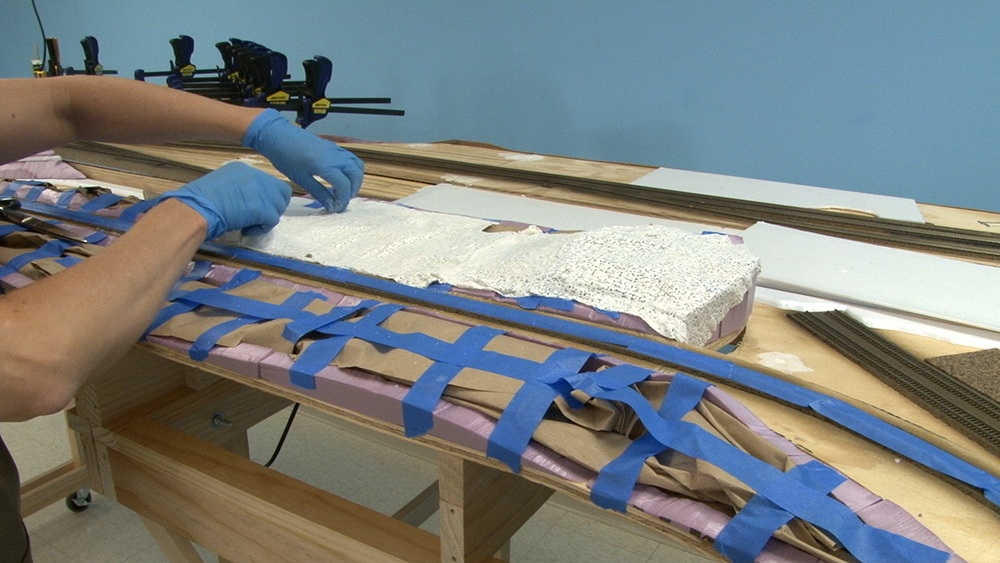
Modelers have tried many different scenery methods. While each person has their own favorite techniques and preferences, there are several good, time-tested starting points for building scenery. The four most common include the cardboard strip method, the stacked foamboard system, the tape and stuffing option, and the time-honored wire screen and plaster technique. While all […]
Read More…
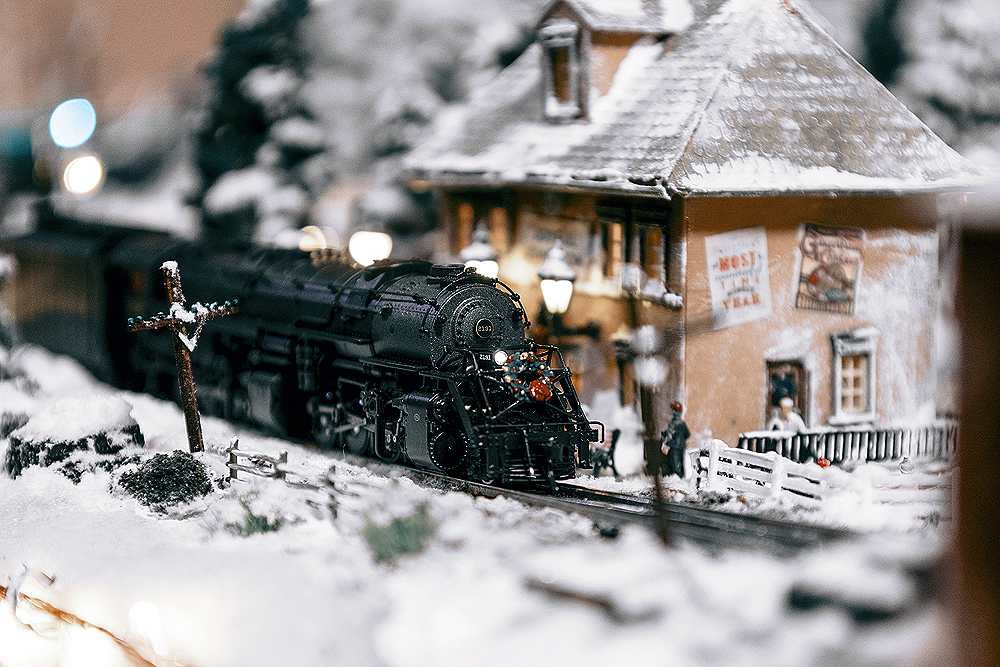
A Christmas train adds to the Christmas spirit It’s not often that you hear words like “locomotive” or “uncoupled” in a 3-year-old’s vocabulary, but that’s exactly where my wife and I found ourselves Christmas morning in 2022. Our son Micah had always had a fascination with all trains, so much that we often joked that […]
Read More…
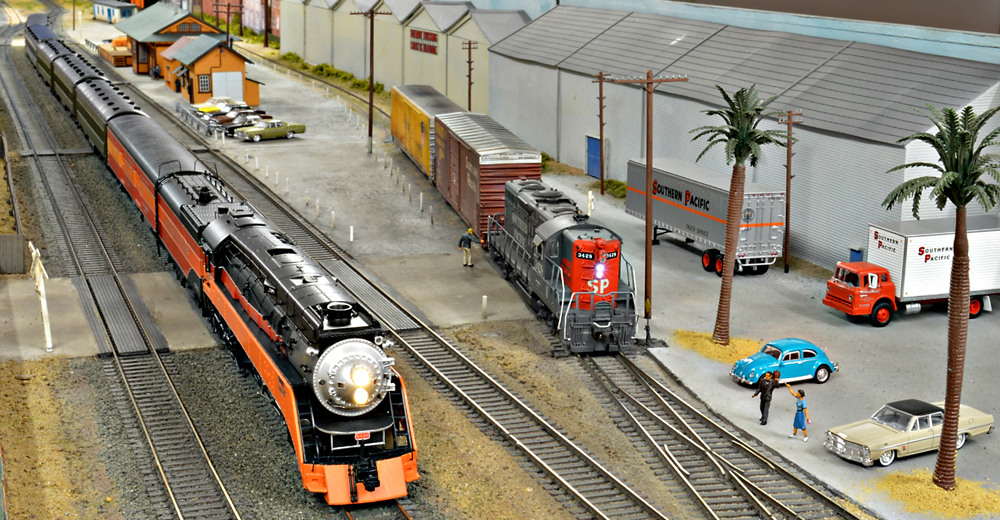
We’ve all been there before. Seated at the drafting desk, or perhaps the workbench, depending on how your layout room or workshop is set up, notebook open, pen in hand, writing out a list of desired traits for your soon-to-begin model railroad, maybe sketching possible track plans in the margins. A tale as old as […]
Read More…
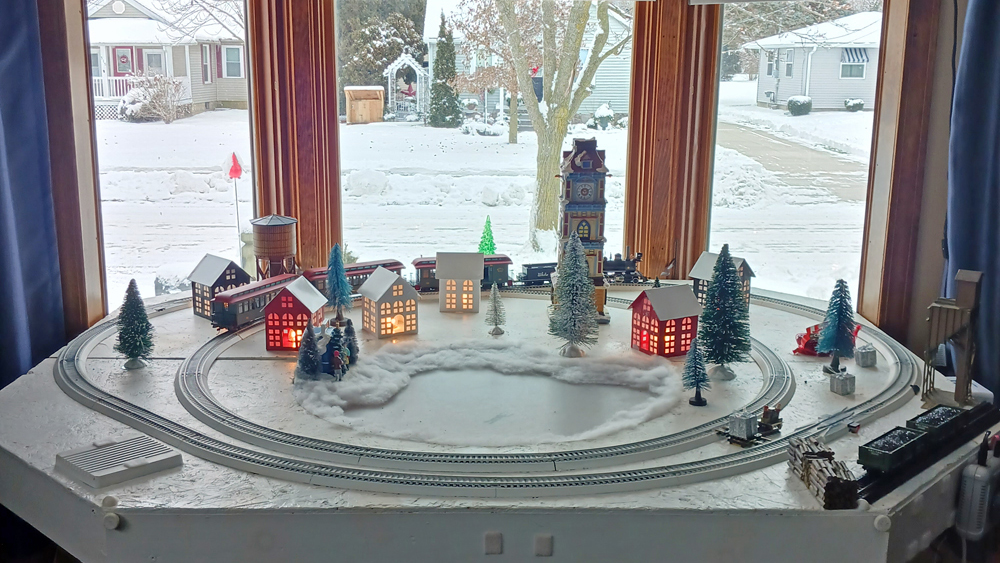
Every year starts with lights, and then trees. And upon the tree are decorations. Then there are tracks. And upon the tracks are trains. With the trains come happy children, followed by basement layouts. My grandkids have loved trains since before they could walk. The first train was a circle of track on the carpeted […]
Read More…
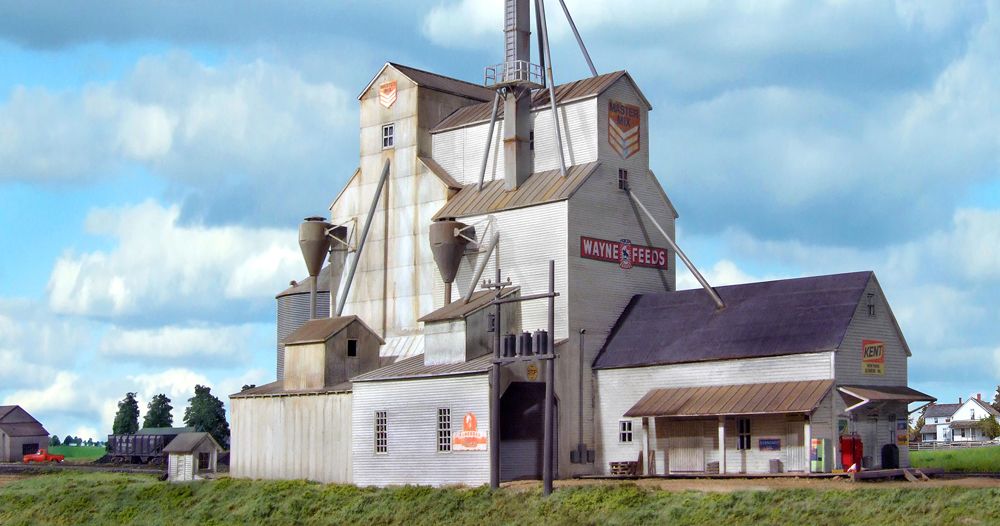
Last month we took a look at modeling urban scenery. This time around, we’ll step back from the big city and focus on rural scenery. I spent my formative years in the Red River Valley of the North, which was dotted with small towns up and down the Minnesota and North Dakota sides of the […]
Read More…












